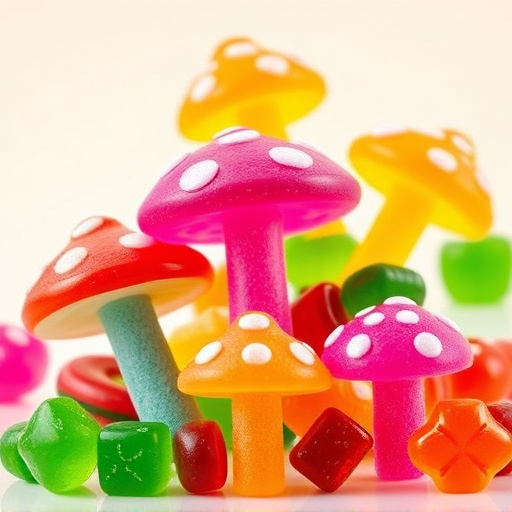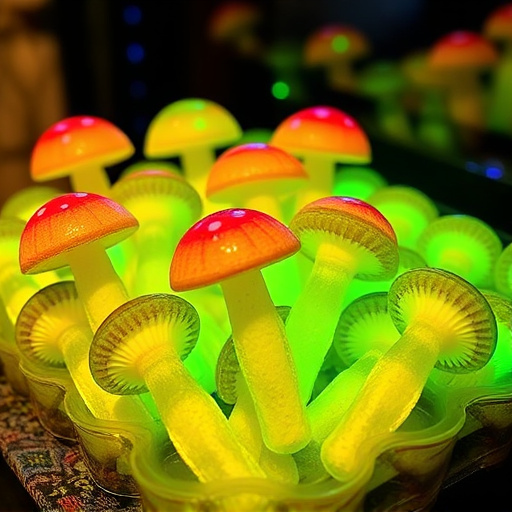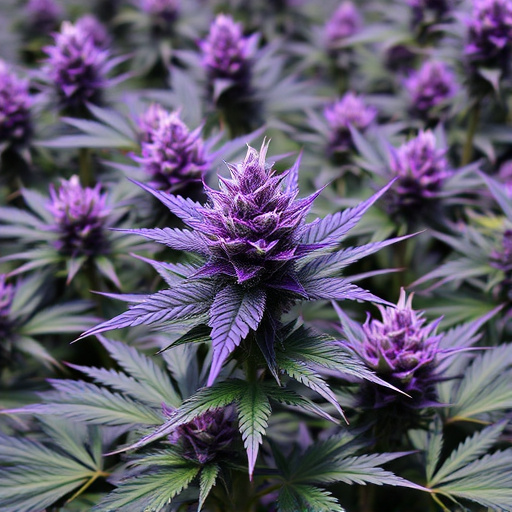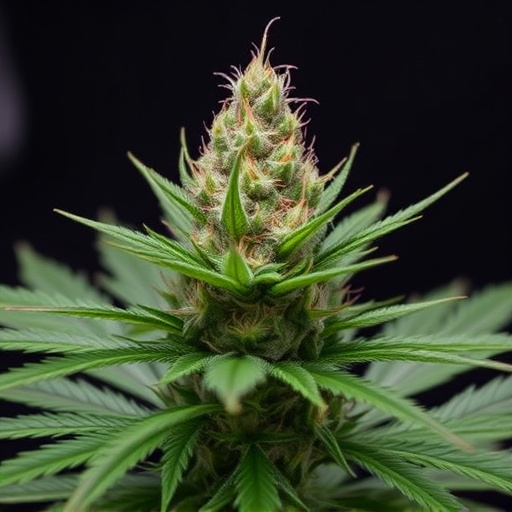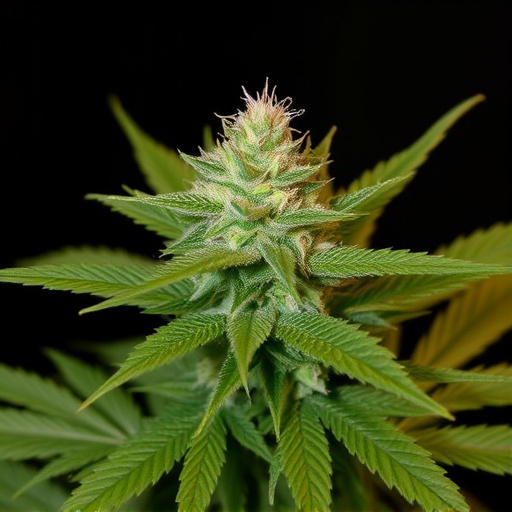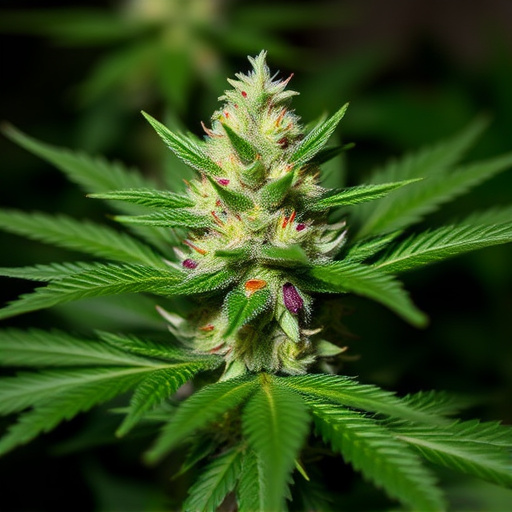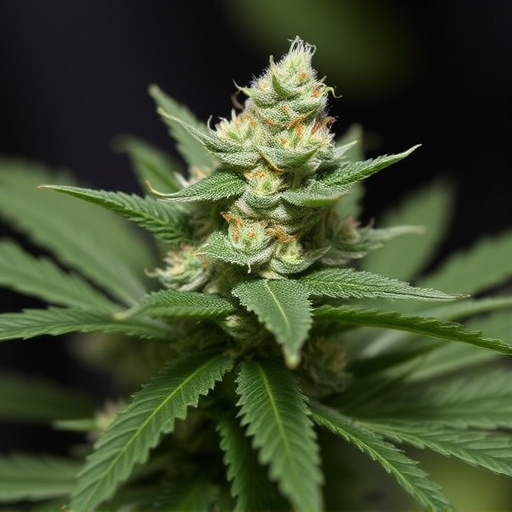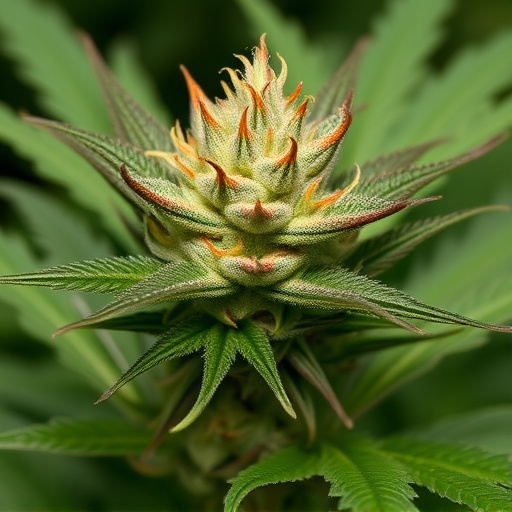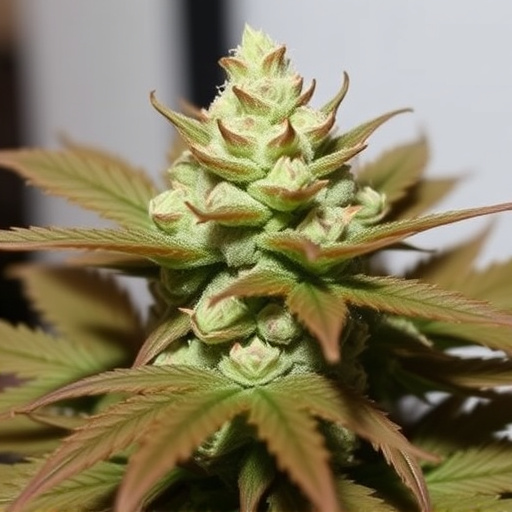Terpenes, natural compounds in cannabis, significantly influence the aroma, flavor, and effects of different strains. In 2016, High Times recognized the top ten cannabis strains for their unique terpene profiles, offering diverse experiences from calming to energizing. Key terpenes like myrcene and limonene contribute to specific effects, such as relaxation or stimulation, enhancing the user experience and driving interest among both casual users and enthusiasts.
Terpenes, the aromatic compounds responsible for the diverse scents we associate with cannabis, play a pivotal role in shaping the user experience. This article delves into the intricate world of terpenes, exploring their chemical composition and unique interaction with cannabinoids to create distinct aromas. We also present the top ten cannabis strains known for their distinctive scents in 2016, from fruity Blue Dream to spicy Granddaddy Purple. Furthermore, we unravel the science behind terpene synthesis, covering natural production, artificial synthesis, and the customization of blends for tailored aromas and effects.
- The Role of Terpenes in Cannabis Aromas
- – Exploring the chemical composition of terpenes
- – How terpenes interact with cannabinoids to create unique scents
The Role of Terpenes in Cannabis Aromas
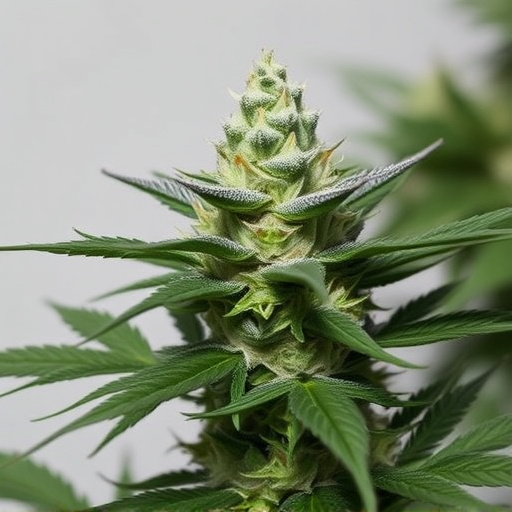
Terpenes play a pivotal role in shaping the diverse aromas associated with cannabis, contributing to the unique scent and flavor profiles that set different strains apart. These aromatic compounds, produced by both cannabis plants and other flora, are responsible for the distinctive “weedy” or floral notes often detected in various strains. In 2016, when High Times magazine released its list of the top ten cannabis strains, the selection was not merely about potency; it also celebrated the distinct terpenes that enhanced the overall user experience.
Each strain’s terpene profile influences its scent and potential effects, with some terpinenes evoking uplifting and energizing sensations while others induce relaxation or even a sense of calm. The interplay between these aromatic compounds and cannabinoids like THC and CBD contributes to the complex and multifaceted experiences users can expect from different cannabis varieties.
– Exploring the chemical composition of terpenes
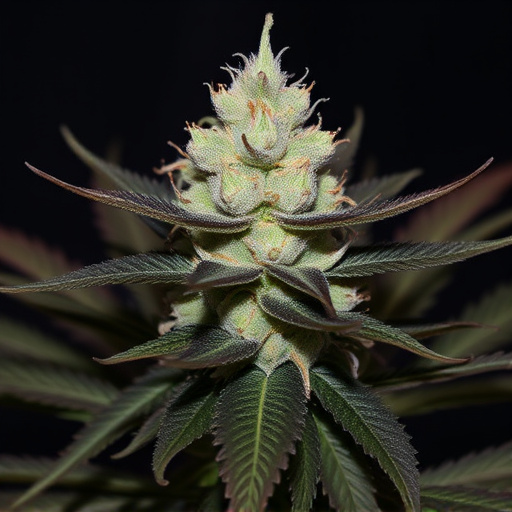
Terpenes, often referred to as the “aromatic molecules” of cannabis, play a pivotal role in creating the distinct scents and flavors associated with various strains. These volatile compounds, found not only in cannabis but also in many other plants, contribute significantly to the sensory experience users have when inhaling or consuming marijuana. In 2016, the top ten cannabis strains were renowned for their unique terpene profiles, each offering a different olfactory journey.
The chemical composition of terpenes is incredibly diverse, with over 100 different types identified in cannabis alone. They are responsible for the wide range of aromas and tastes, from citrusy and fruity to spicy, piney, or even floral notes. For instance, myrcene, one of the most abundant terpenes in cannabis, is known for its earthy, musky scent, often described as reminiscent of fresh hops or mangoes. In 2016, strains like “Blue Dream” and “Granddaddy Purple” were celebrated for their rich myrcene content, contributing to their popular relaxation and pain-relieving effects. Exploring these terpene compositions offers a deeper understanding of the cannabis experience, from cultivar selection to the design of vaporizer cartridges.
– How terpenes interact with cannabinoids to create unique scents
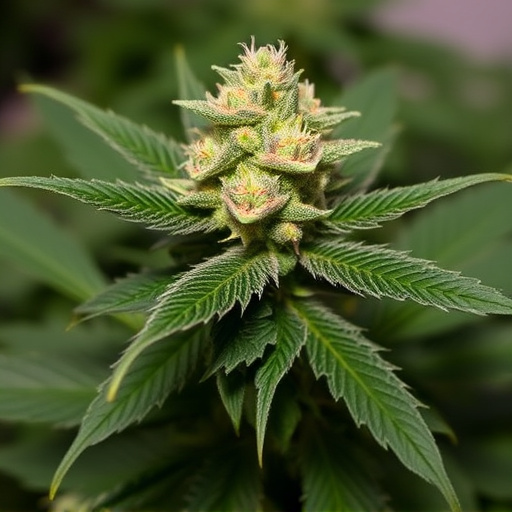
Terpenes, often referred to as the “aromatic compounds” of cannabis, play a pivotal role in creating the unique and diverse scents associated with different strains. These organic volatiles not only contribute to the characteristic odours but also interact synergistically with cannabinoids, enhancing or altering their effects. The interaction between terpenes and cannabinoids is what makes each strain distinct, appealing to both casual users and enthusiasts seeking specific experiences.
In the 2016 Top Ten Cannabis Strains rankings, many of the highly praised varieties showcased remarkable terpene profiles. For instance, strains like Amnesia, known for its uplifting and euphoric high, often feature myrcene as a dominant terpene, which is linked to sedative and relaxing effects. On the other hand, strains like Blue Dream, celebrated for its energizing and stimulating qualities, often contain high levels of limonene, known for its citrusy aroma and mood-boosting properties. This intricate dance between terpenes and cannabinoids results in a wide array of scents and effects, making cannabis exploration an intriguing journey.
Terpenes play a pivotal role in shaping the diverse aromas associated with cannabis, offering more than just a pleasant scent. By interacting with cannabinoids, these chemical compounds create an olfactory experience that varies greatly among different strains, as evidenced by the top ten cannabis strains of 2016. Understanding terpene chemistry provides insight into why certain varieties evoke specific feelings and flavors, making it an essential aspect to consider for cultivators and consumers alike in navigating the rich landscape of cannabis aromas.
